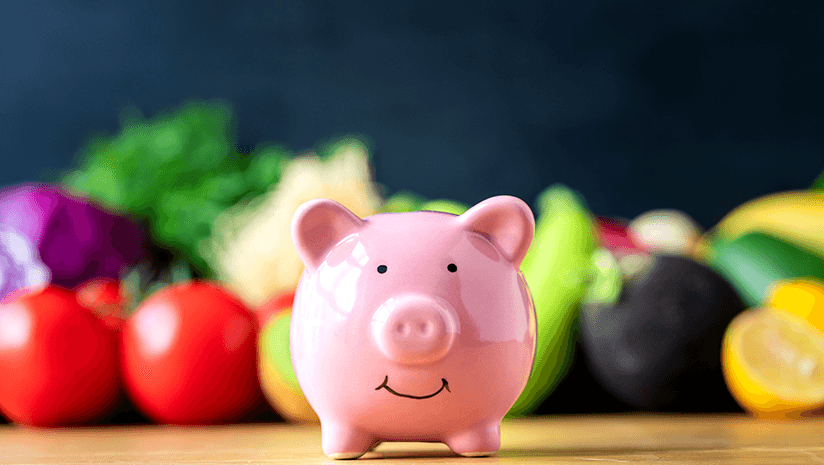Eight Tips for Affordable, Nutritious Meals
Making smart and nutritious choices is a vital part of leading a healthy lifestyle and improving your overall quality of life. Eating healthy doesn’t have to be as expensive as you may think, but it does require careful planning—especially if you’re on a budget. These eight tips will help you make more affordable, healthy choices the next time you’re at the grocery store.
Meal Plan First
Meal planning isn’t just great for your health. It’s also great for your budget. A meal plan blocks out space for you to document what you’ll eat for breakfast, lunch, dinner, and snacks for the week. How do you get started? Find a simple meal planning template online or make one yourself. Then, dedicate a day each week to focus on filling your template out. Some find that posting the meal plan on your fridge will help remind you and your family what you’ll be eating.
Planning meals allows you to select recipes that share common ingredients so that you can buy items in bulk. Also, if you know there’s an upcoming sale on healthy food, you can incorporate that into several meals for the week. Your meal plan will determine which ingredients to add to your grocery list. Stick to that list at the store and stay away from the junk food aisles to avoid temptation. Pro tip: Many grocery list apps can guide you each week and help keep your nutrition goals on track.
Cook at Home
Yes, it can be challenging to find the time to cook at home, and after all, takeout is just a call away. But when comparing the costs of home-cooked meals and restaurant food, cooking at home is significantly cheaper, especially if you’re requesting food delivery. Plus, at home, you can be more aware of what ingredients are going into your food to ensure you’re eating healthy. If you struggle to make time for cooking at home these are three easy steps for starting your new routine:
- Make it a top priority, as it directly impacts your health.
- Build up a bank of quick and easy healthy recipes that take under thirty minutes to prepare.
- Continue to practice these recipes until you become more efficient and faster.
Don’t Forget Leftovers
An additional way to save time when cooking at home is to cook large quantities and freeze or refrigerate the leftovers for future meals. Doing so is also cost-efficient, as it creates less waste and uses fewer unique ingredients (which means more cost-savings for you when you buy in bulk).
Buy Whole Foods

Whole foods are fresh fruits and vegetables that are unprocessed. Incorporating these in your diet will reduce costs, as whole foods typically cost less than processed (and are better for you!). Buying organic may be best, but this isn’t always possible when you’re on a budget. If organic isn’t an option for you, research which foods in your region are grown with the fewest pesticides. Ingesting pesticides causes inflammation in your body. In the US, for example, there is a list of 15 clean fruits and vegetables that includes which non-organic produce is the safest to consume.
Shop the Sales
Watch for sales at your local grocery store; you can check online or occasionally, you may receive coupons in the mail. When you spot a deal on a healthy item, stock up! If the item is perishable, double-check that it freezes well. You can toss extra portions into the freezer to avoid rotten food waste.
Choose Generic
Many stores have generic brands for popular items, like beans and pasta. Consider choosing the generic option when shopping; it’s usually cheaper and includes similar (if not identical) ingredients as the brand name option.
Go for Cheap and Healthy
Shop ingredients that are known to be nutritious but also low-cost. These will vary depending on where you live, but commonly, low-cost and high-protein foods include the following:
- Beans and legumes
- Lentils
- Eggs
- Plain Greek yogurt
- Sweet potatoes
- Oats
Do your research on which items will provide you with the most nutrition for your money and select those that work with your dietary needs.
Move Away from Meat
Meat is one of the most expensive items you can buy at the grocery store. If you’re a meat-eater, consider reducing the amount of meat you eat each week and select recipes that feature vegetables, beans, or lentils instead. These are excellent sources of protein, so you won’t miss out on essential nutrients. Many families like to practice Meatless Mondays, where all of their meals on that day are entirely vegetarian.
There are many ways for you to ease into creating a healthier lifestyle for you or your family. Slowly maintaining the tips above will help guide you toward taking small steps to live your best.



